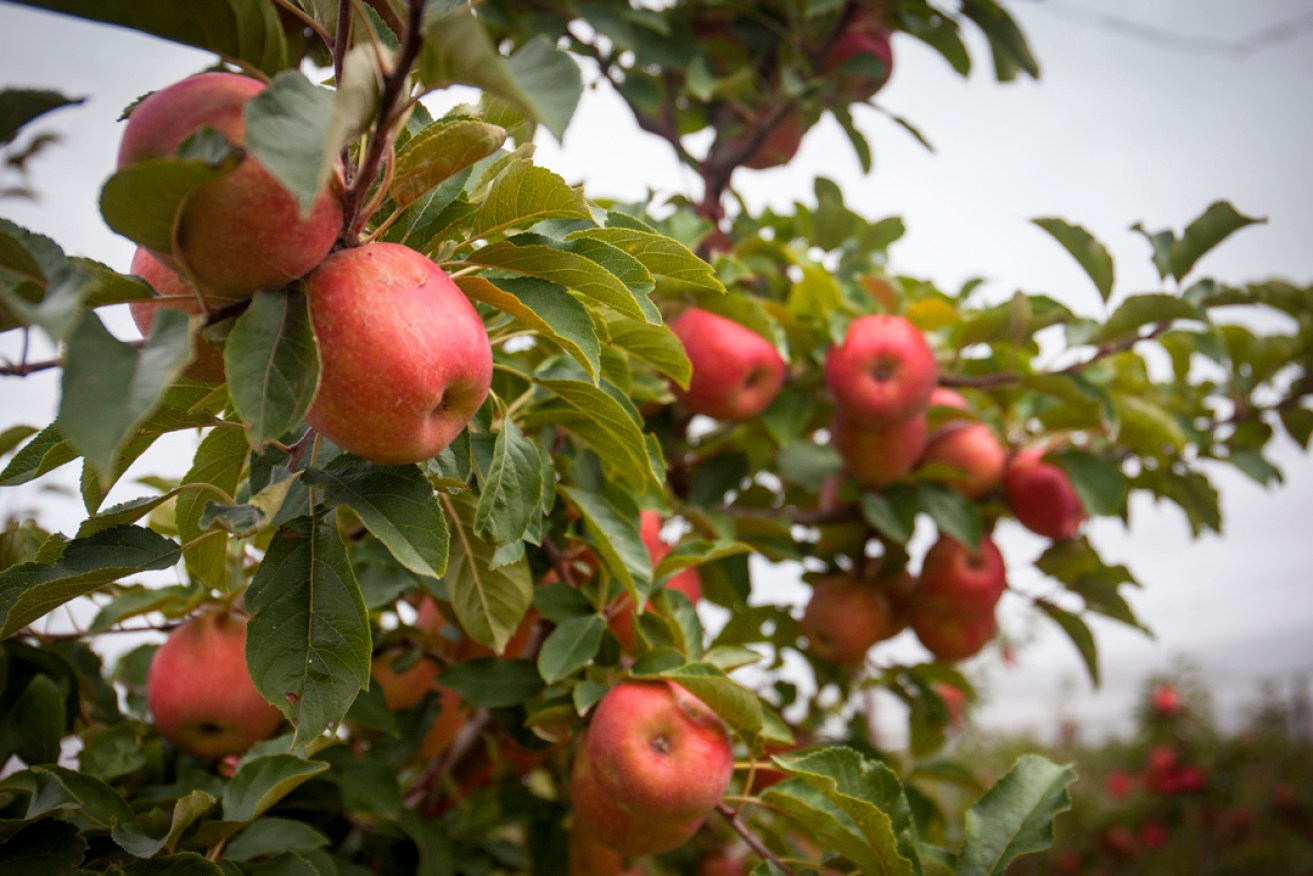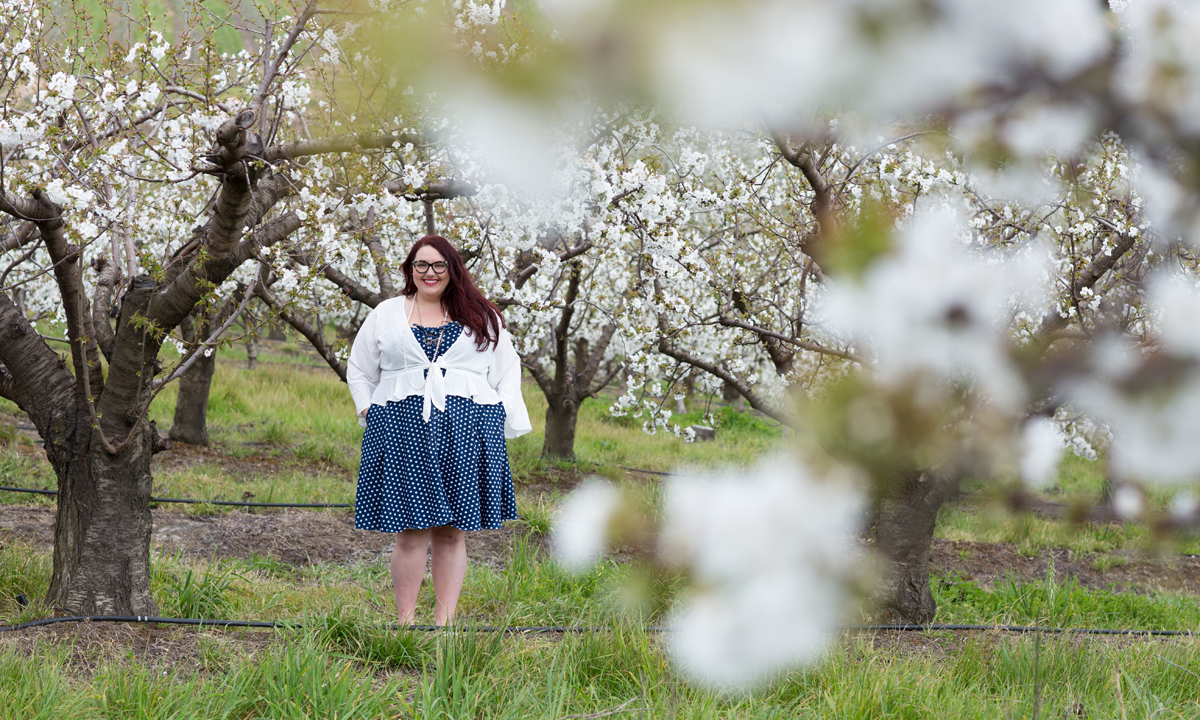Hills apple quality up and crop slightly down
The state’s apple and pear harvest is in full swing with growers reporting some of the highest quality crops in at least three years, despite December’s bushfire in the heart of South Australia’s orchard district.


Picture: Alex Rudzinski.
Pear harvest began in early February with apple picking beginning in earnest on about February 20.
The Adelaide Hills produces about 80 per cent of the state’s 30,000-tonne annual apple crop and 93 per cent of its 5000-tonne pear crop annually.
Although apple volumes look to be down by up to 10 per cent this year, growers say the absence of widespread hailstorms that severely damaged the 2018 and 2019 had resulted in a high-quality crop. The size of the pear crop is about average.
The December 20 Cudlee Creek fire burnt through 25,000 hectares of Adelaide Hills land including five apple orchards totalling 25ha in the Lenswood, Woodside, Cudlee Creek and Lobethal areas.
There are almost 1000ha of apple and pear plantings in the Adelaide Hills.
Apple & Pear Growers Association of SA CEO Susie Green said the fires were just one of a number of factors for the reduced crop this season.
“We actually had a really cold spring around flowering time and for some varieties that meant that the fruit didn’t set perhaps as well as we would have liked,” she said.
“Then the long hot, dry weather meant that some of the fruit hasn’t grown as big as it could have and obviously the bushfires have had some impact as well so it’s a combination of lots of little things.”
The national apple crop is forecast to be down across Australia this year due to a number of factors including drought in Queensland, hail in Victoria and the bushfires in SA and NSW.
The hailstorms ahead of the 2018 and 2019 harvests severely impacted quality, reducing prices for affected growers and forcing many sell their apples for juice.
Green said the good quality of fruit this year would attract much better prices and lead to increased revenues for most growers despite the slightly lower volumes
“Generally, the national apple crop is likely to be down so prices might be up a little bit this year and that leads to better returns for the growers, which makes a huge difference,” she said.
“Certainly it’s pretty important to get the message out that there is going to be some really great fruit coming out of the Adelaide Hills this year and it’s a great opportunity to support the local industry after a couple of tough years.”

Ashton Valley Fresh’s Joyce Ceravolo says her family was lucky not to lose any of its orchards during the recent Adelaide Hills bushfire. Picture: James Knowler.
The pear harvest is likely to finish by mid-March. Apple picking will continue through April and into May, fuelled by late-maturing varieties such as Pink Lady and Sundowner.
Ceravolo Orchards has about 300ha of apple, pear and cherry trees in the Adelaide Hills. It also has an associated juice brand Ashton Valley Fresh, which sells a range of fresh juices and supplies juice to a range of craft cider producers. The juice business has grown significantly in recent years to reach production of 4.8 million litres in 2019.
The family’s two largest apple orchards are in Woodside and Nairne and Joyce Ceravolo said it was sheer luck that no trees were lost in the fire.
She said while she was pleased the quality of this year’s crop, the reduced volume and absence of hail-damaged juicing fruit meant they would potentially need to buy in fruit for juice from interstate.
“Because we’re a primary producer and a juicer we see both sides of it,” Ceravolo said.
“As a grower, you don’t really want your fruit going to juice but at the same time, we’re happy when we do have extra juicing fruit available because it does make things easier.
“We take all the juicing fruit available to us in the Adelaide Hills and once we’ve exhausted that supply we look elsewhere, which we haven’t had to do in the past couple of years but I think that will be back on the cards this year.”
There has been much talk about the potential impact of smoke taint on grapes bound for Adelaide Hills wine production following the December fire.
Ceravolo said this only presented a potential problem for apple and pear juice earmarked for cider as the smoky characteristics only showed through the fermentation process.
However, she said any juicing fruit thought to be at risk of smoke taint would not be used to fill cider orders.
Green said although it had been a tough summer for those growers directly impacted by the fires, the bushfire had not had a huge impact from a broader industry perspective.
“Visually the fruit looks good and from what I’ve eaten so far it’s tasting pretty good too,” she said.
“I’ve even eaten apples from a tree this week that was half burnt and they were tasting fine.
“The cider is a little bit of an unknown quantity at the moment so it might be a case of wait and see.”




